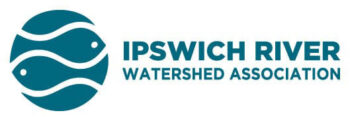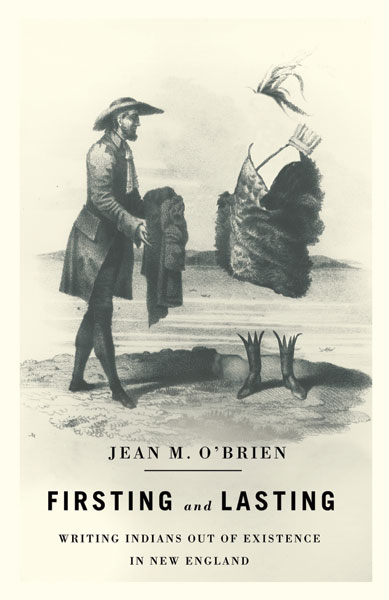At IRWA’s headquarters, a new stream has appeared — or, really, reappeared. The stream was restored by a process called “daylighting,” which is exactly what it sounds like: the stream, once buried, is back out in the daylight, as it once was hundreds of years ago.
Plenty of organisms alter their environment to suit their needs, and humans have always taken part in this. In the colonial and industrial ages, settlers in New England engineered the land to power mills, create reservoirs, and farm. But the history of the Ipswich River extends farther back than the last 300 years. Before colonial settlers named this river the Ipswich, it was called Agawam by the Pawtucket people, an Algonquian-speaking, thriving agricultural tribe of indigenous Native Americans. The Pawtucket related to the Agawam through travel, agriculture, and fishing — and they did this while maintaining the river’s ecological balance.
History is always in a process of daylighting. This month at IRWA, we are reflecting on the history of people who relied on a river by a different name, that had a slightly different shape — but that river, Agawam and Ipswich, is still here. One thing we’re learning at IRWA is that to speak about the history of the Pawtucket people is not to speak about people who completely disappeared as a result of disease; rather, their ongoing story has been omitted and elided by the dominant narrative. We’ve been learning from Rooted in Nature: Indigenous Knowledge and Climate Resiliency web series, Firsting and Lasting by Jean M O’Brien, and History & Cultures of the Great Marsh Conference. As we work to restore the river to its pre-industrial function, we recognize the important work of Native American leaders in ecological restoration across Massachusetts.
Pictured above: Image from the cover of Firsting and Lasting by Jean M O’Brien

